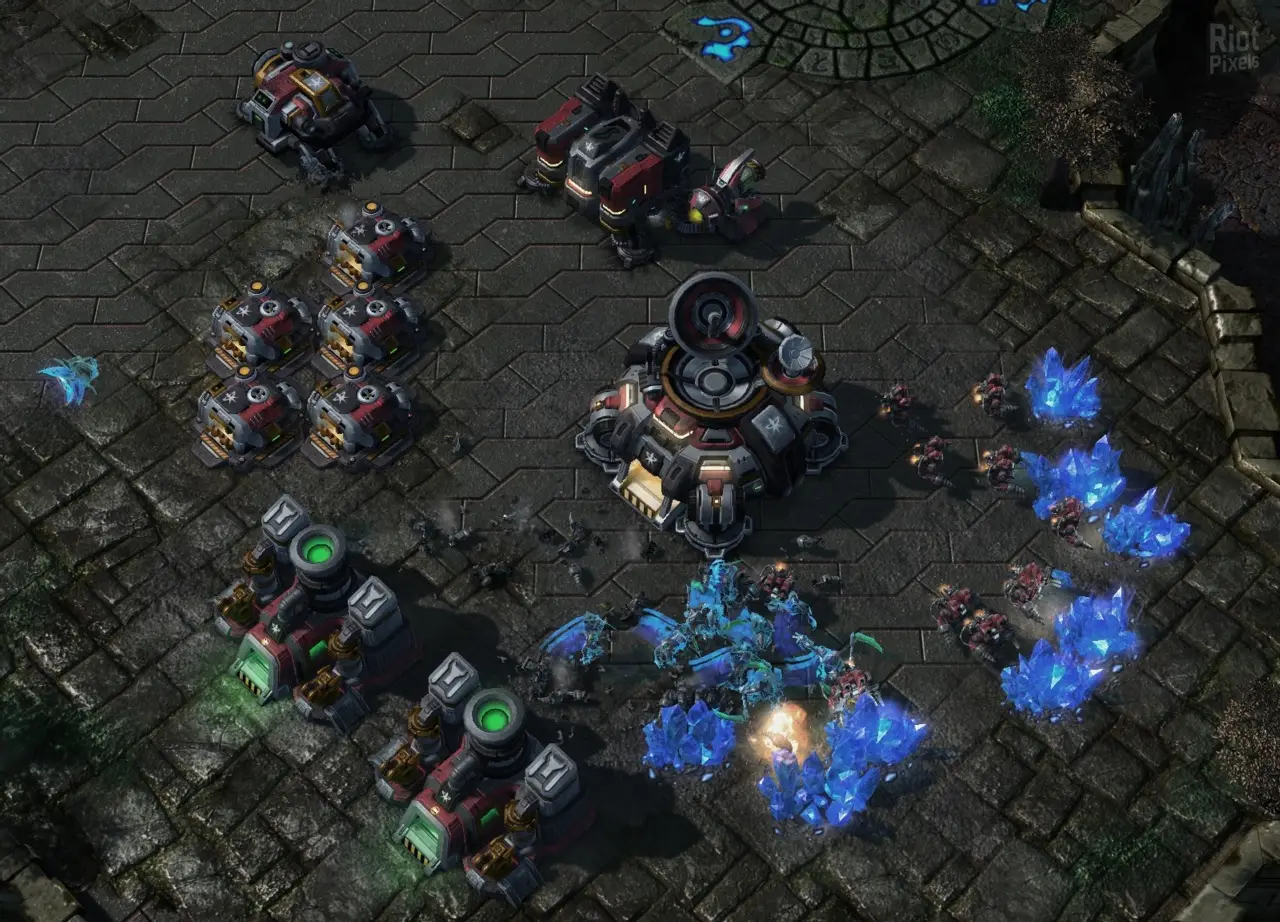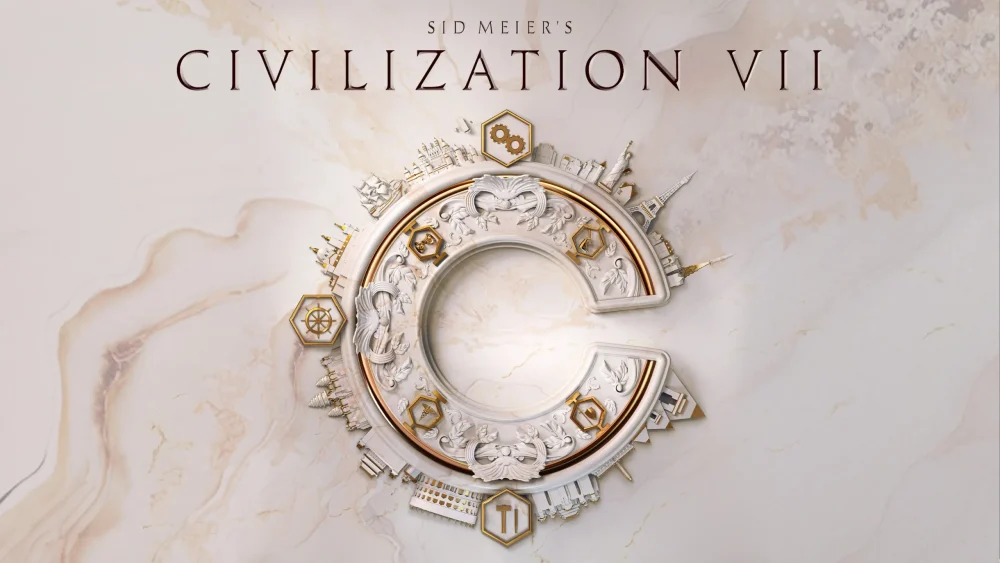Future Games Show 2025 once again confirmed its significance for the gaming industry by presenting an impressive number of new projects. Over fifty games, from ambitious blockbusters to captivating indie novelties, were showcased during this extensive presentation, giving players from around the world a glimpse into the future of entertainment. If you want to stay informed about the hottest announcements, exclusive trailers, and key news from the show, read our detailed overview.
Future Games Show 2025 Trailers
Genres mixed together. Action-RPG, horror, adventure, simulation, and cooperative games all met on one stage. The trailers of Future Games Show 2025 were presented not as marketing, but as short cinematic art — vivid, concise, powerful.
Standouts included:
- The Dark Pictures: Directive 8020 — the first space horror in the lineup. The camera flies around the shuttle wreckage, the crew listens to signals that shouldn’t exist.
- Mafia: Crescendo — the series returns to the 1970s with heavy neon, the shadow of Chicago, and a new investigation system.
- Titan Quest 2 — a fresh look at mythology with a new combat system inspired by Sekiro. From ancient gods to physically accurate combat.
Each project received a full teaser and gameplay montage. And not just visuals — developers showed how mechanics transform genres.
Focus on Genre Expansion
Future Games Show 2025 clearly marked a shift towards genre differentiation. The focus shifted from high-budget titles to bold concepts in atypical formats. Instead of a conveyor belt, there is individuality and a clear demand for experimentation.
From adventure to cooperative horrors:
- Action-RPG like Titan Quest 2 offered not just a combat system, but a tactical arsenal in ancient settings. Developers integrated shield dynamics, catapults, and magical zones tied to wind direction and time of day.
- The horror segment received fresh blood. The Dark Pictures: Directive 8020 moved away from the classic “jump scare” approach — instead of sudden frights, the game builds tension through cosmic silence, spatial confinement, and paranoia.
- Simulators moved closer to engineering realism. Firefighting Simulator 2025 simulates not just a fire, but firefighting scenarios considering building architecture, wind currents, and firefighters’ interactions.
- Adventures offered an unconventional pace. Echoes from Elyria focuses on details — players analyze echoes of the past, gather a meaningful mosaic of details, and form a personal interpretation of the story.
- Cooperative play in Future Games Show 2025 projects reached a new level of complexity: interaction not just with allies, but with their perception of the situation. Some decisions affect the gameplay only in the eyes of one player, creating a unique gaming experience.
Genre palette ceased to be a background — now it sets the pace and depth. The presentation presented genres as a stage, not just as a tool.
List of Key Projects at Future Games Show 2025
Dozens of titles were announced during the show, but only a few set the standards. Below are the key projects that shaped the presentation.
Detailed list:
- Mafia: Crescendo — a criminal action-RPG with investigation system, business development freedom, and deep social mechanics.
- The Dark Pictures: Directive 8020 — a cosmic psychological horror with alternative timelines.
- Firefighting Simulator 2025 — a technically accurate cooperative simulator with realistic fire physics.
- Titan Quest 2 — an action-RPG in a mythological setting with an improved combat system and flexible leveling system.
- Borealis Zero — survival in an extreme climate with real-time climate modeling.
- Echoes from Elyria — a philosophical adventure with memory elements, interaction, and hidden meanings.
- Project Salient — a third-person action game on multiple platforms in a dark military future style.
Each title was not just briefly mentioned — developers backed it up with functionality, visualization, and a unique game design idea.
Transformation of Games Presentation in 2025
Game presentations in 2025 have evolved beyond CGI showcases and slogans. Future Games Show 2025 showcased a shift towards substantive gameplay and technological maturity. Instead of abstract promises, there was a clear demonstration of mechanics, scenarios, and interactions. Games are becoming experiences, not just spectacles.
New Games at Future Games Show 2025
The focus was on well-developed worlds. Even in short fragments, there was an emphasis on story, environment, and emotional response. The emphasis is on engagement from the first minutes. The list of key releases included:
- Firefighting Simulator 2025 — a precise model of firefighting operations in a metropolis. Realistic fire physics, oxygen calculation, up to 4-player cooperative mode.
- Borealis Zero — a survival simulator in a post-apocalyptic archipelago. Uses NASA’s climate model.
- Echoes from Elyria — a cooperative adventure on the edge of dream and memory simulation. Time mazes, hand-drawn animation, procedural dialogues.
Each project demonstrated readiness to go beyond conventional genre solutions, offering gamers not just entertainment, but script-rich interaction. Future Games Show 2025 shifted the focus from visual flair to deep mechanics and immersive gameplay.
Gameplay Details: Not Just Concepts
FGS 2025 games went beyond visuals. Many projects included live gameplay, with specifics.
The Dark Pictures: Directive 8020 showcased a moral choice system in conditions of oxygen deprivation. Certain moments rely on sound and signal recognition from the darkness.
Mafia: Crescendo introduced an interactive interrogation system where the outcome depends not only on dialogue choices but also on the player’s behavior between scenes. For example, going to the bar — lose a suspect. Stopping at the coffee machine — hear the necessary dialogue.
Where and When: Dates and Platforms
Each announcement at Future Games Show 2025 was accompanied by clear platform notes. Most projects confirmed releases on PC, PlayStation 5, and Xbox Series X/S. Many are preparing multi-platform releases simultaneously with the first gameplay builds:
- Titan Quest 2 — end of 2025, all major platforms.
- Mafia: Crescendo — Q3 2026, initially for PS5 and Xbox Series X/S.
- Firefighting Simulator 2025 — July 2025, with early access on PC.
The release date became an essential part of the presentation. Each project is accompanied by either a specific date or a quarter with a confirmed launch window.
Platforms Featured in Games at Future Games Show 2025
Future Games Show 2025 projects do not compromise. PC promises ray tracing support, dynamic frame rates, and scalability for mid-range graphics cards.
PlayStation 5 actively utilizes the tactile feedback of the DualSense controller, especially in Firefighting Simulator 2025, where each water stream provides real vibration in the hand. Xbox Series X/S leverages fast loading times, and in some projects — local cooperative modes through split-screen, as in the 2010s.
Conclusion
Future Games Show 2025 confirmed that the industry has been restructured. The conveyor belt gave way to character, the show to content, promises to results. FGS 2025 games received context, depth, and a format where even niche genres sound like headliners.
The event not only highlighted projects but demonstrated their maturity: in structure, release date, platform adaptation, and clear positioning.
 en
en  de
de  ar
ar  es
es  nl
nl  hi
hi  fr
fr  it
it  pt
pt  el
el 



